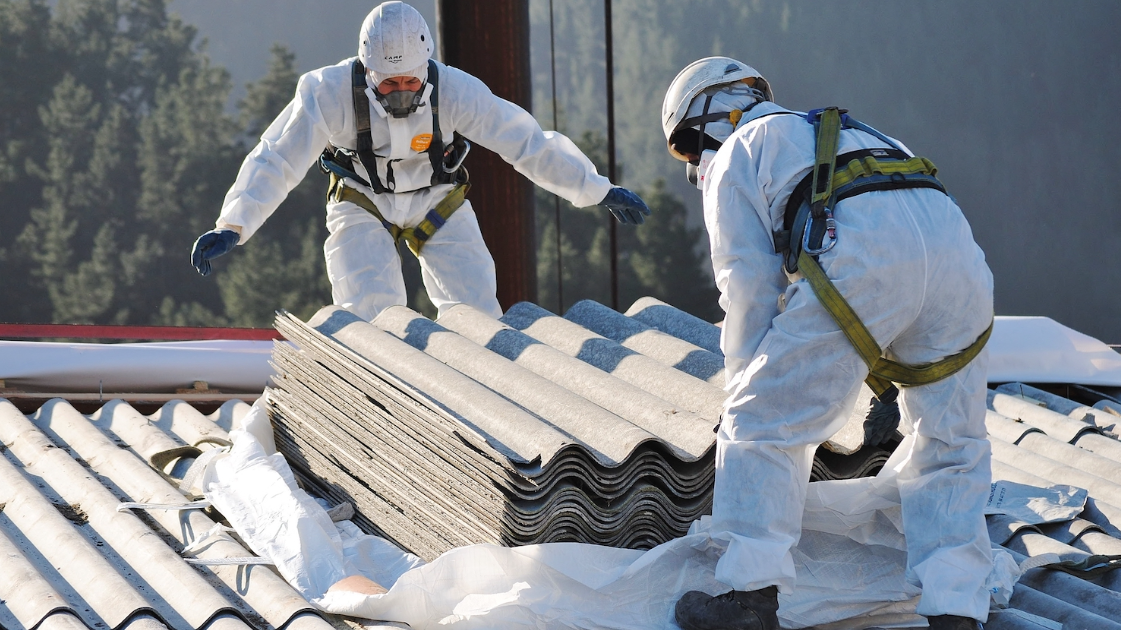
Mold is more than just an unsightly nuisance—it can pose serious health risks and damage to buildings when left unchecked. Mold testing Los Angeles is a critical step in identifying, diagnosing, and addressing mold problems in homes, offices, and other indoor environments. Here’s what you need to know about mold testing, when it’s necessary, and how it’s done.
What Is Mold?
Mold is a type of fungus that grows in damp, warm, and humid conditions. Common indoor molds include Cladosporium, Penicillium, Aspergillus, and Stachybotrys chartarum (often called “black mold”). Mold reproduces through spores that travel through the air and can land and grow on virtually any surface.
Why Mold Testing Matters
Mold can be hazardous to health, especially for individuals with allergies, asthma, or compromised immune systems. Common symptoms of mold exposure include:
-
Nasal congestion
-
Coughing or wheezing
-
Eye and skin irritation
-
Headaches
-
Fatigue
Testing for mold can help determine:
-
Whether mold is present (even if it’s not visible)
-
The type of mold growing
-
The concentration of mold spores in the air
-
The source of moisture or water intrusion
When Should You Test for Mold?
While not every situation requires professional testing, certain circumstances make it a smart choice:
-
Visible mold growth: If mold is visible but you’re unsure how far it has spread.
-
Unexplained health issues: If occupants experience persistent symptoms that might be mold-related.
-
Water damage: After flooding or leaks, testing ensures mold hasn’t taken hold.
-
Real estate transactions: Buyers or sellers may want assurance that a property is mold-free.
-
Rental disputes: Tenants or landlords might seek evidence in cases involving mold-related complaints.
Types of Mold Testing
There are three main methods of mold testing:
-
Air Testing
Air samples are collected and analyzed to measure the concentration of mold spores. This can identify hidden mold, especially behind walls or under floors. -
Surface Testing
Swab or tape-lift samples are taken from surfaces suspected of mold growth. These samples are tested to determine the type of mold present. -
Bulk Testing
Pieces of material (like drywall or insulation) are collected and sent to a lab. This provides detailed information about the mold growing within materials.
DIY vs. Professional Mold Testing
DIY mold test kits are available and may offer preliminary results, but they can be inaccurate or misleading without proper interpretation. For reliable results, especially in situations involving health concerns, extensive mold growth, or legal matters, it’s best to hire a certified mold inspector.
Professional inspectors use specialized equipment and follow industry standards to conduct comprehensive assessments. They also help identify the root cause of the mold problem and recommend appropriate remediation steps.
What Happens After Testing?
If mold is detected, the next step is remediation. This may involve:
-
Fixing leaks or moisture problems
-
Removing contaminated materials
-
Using air filtration systems
-
Cleaning and disinfecting affected areas
Post-remediation testing is often performed to confirm that the mold has been successfully removed.
Final Thoughts
Mold testing is an essential tool for maintaining healthy indoor air quality and protecting property value. Whether you’re a homeowner, renter, or property manager, understanding when and how to test for mold can prevent small issues from becoming major problems.
If you suspect mold, don’t ignore it. Taking proactive steps through testing and remediation can make all the difference for your home—and your health.